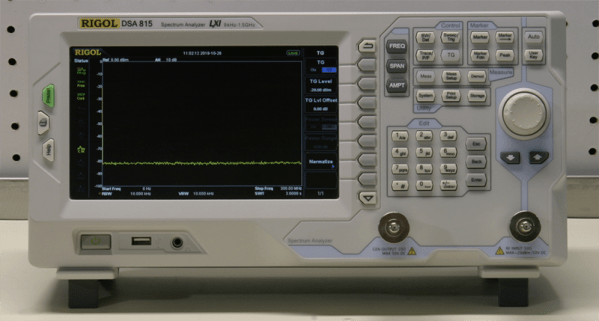Bikes are a great way to get around. They’re cheap compared to cars and can be faster through city traffic, and you can get some exercise at the same time. The one downside to them is that the storage capacity is often extremely limited. Your choices are various bags strapped to the bike (or yourself), a trailer, or perhaps this bicycle side car made from a beer keg.
Sidecars are traditionally the realm of motorcycles, not bicycles, but this particular bike isn’t without a few tricks. It has an electric motor to help assist the rider when pedaling. With this platform [Laura Kampf] has a lot of potential. She got to work cutting the beer keg to act as the actual side car, making a hinged door to cover the opening. From there, she fabricated a custom mount for the side car that has a custom hinge, allowing the side car to stay on the road when the bike leans for corners.
For those unfamiliar, [Laura] is a master welder with a shop located in Germany. We’ve seen some of her work here before, and she also just released a video showing off all of her projects for the last year. If you’re an aspiring welder, or just like watching a master show off her craft, be sure to check those out or go straight to the video below.



















